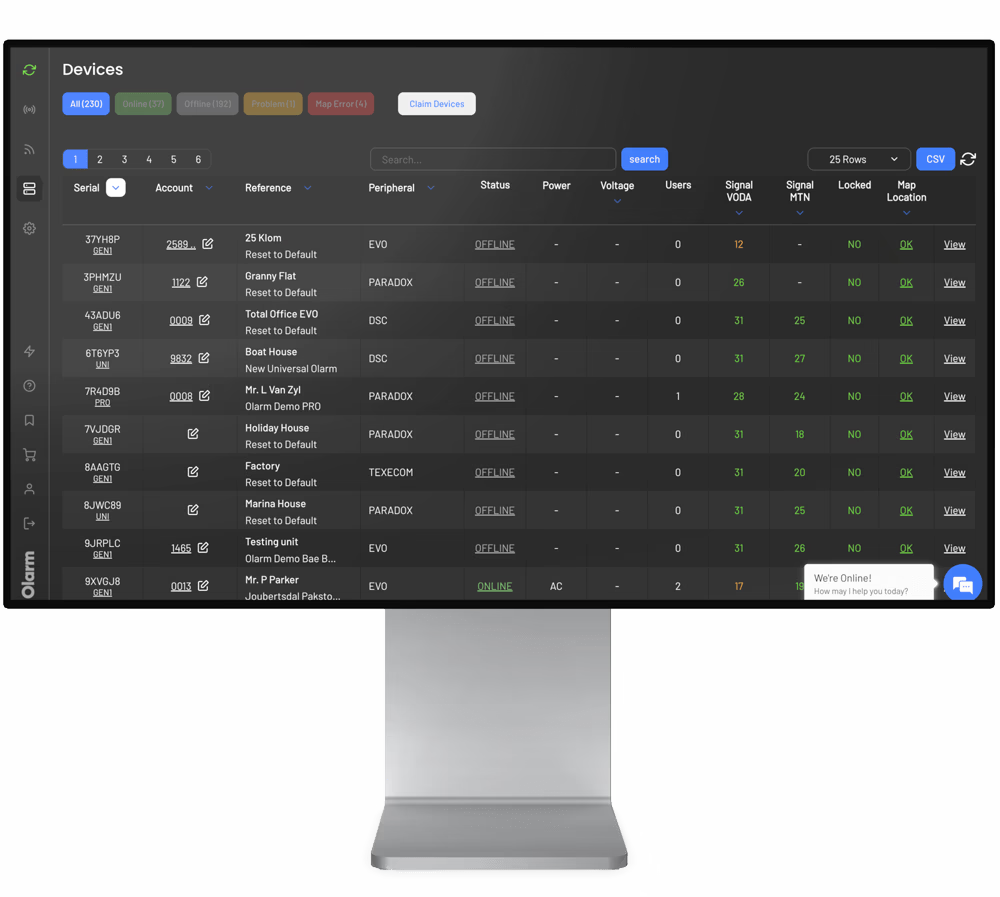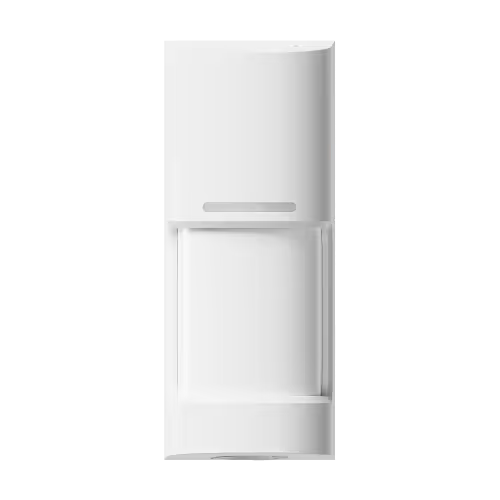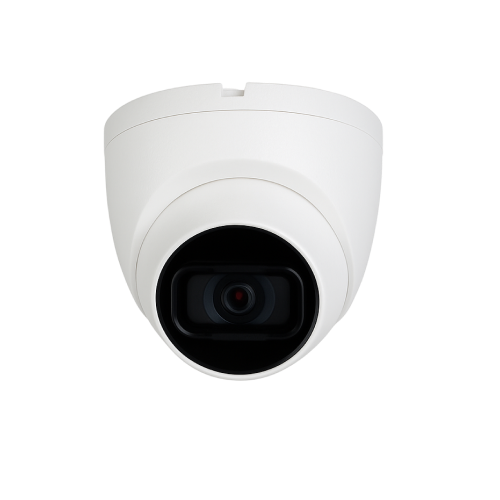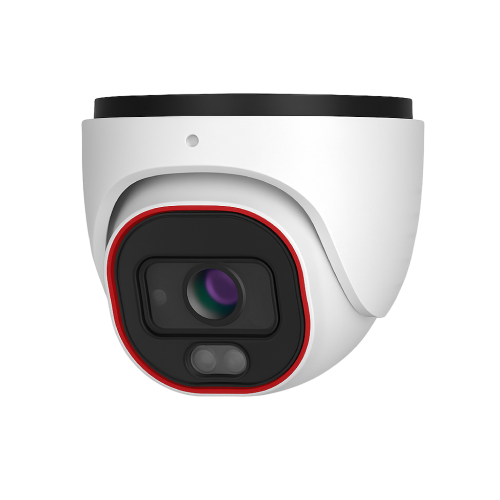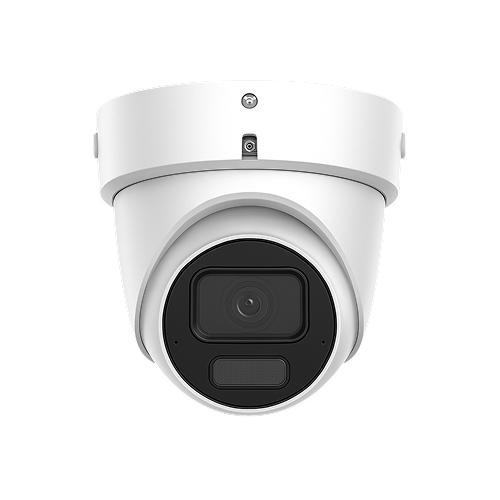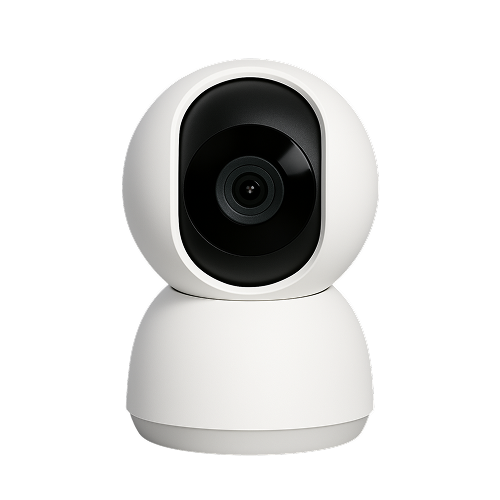Install Guide
Olarm FlipX
This quick guide will get you up and running with your Olarm device.
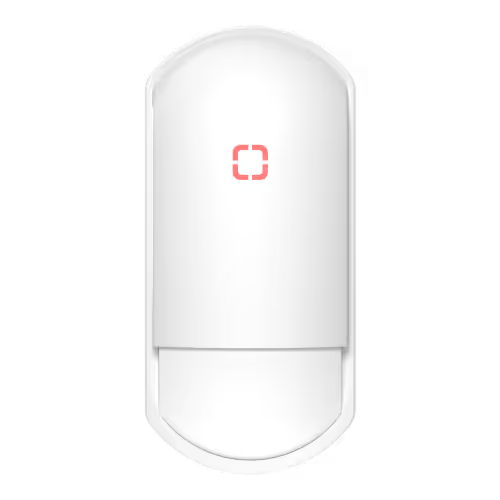
Remove the front lid
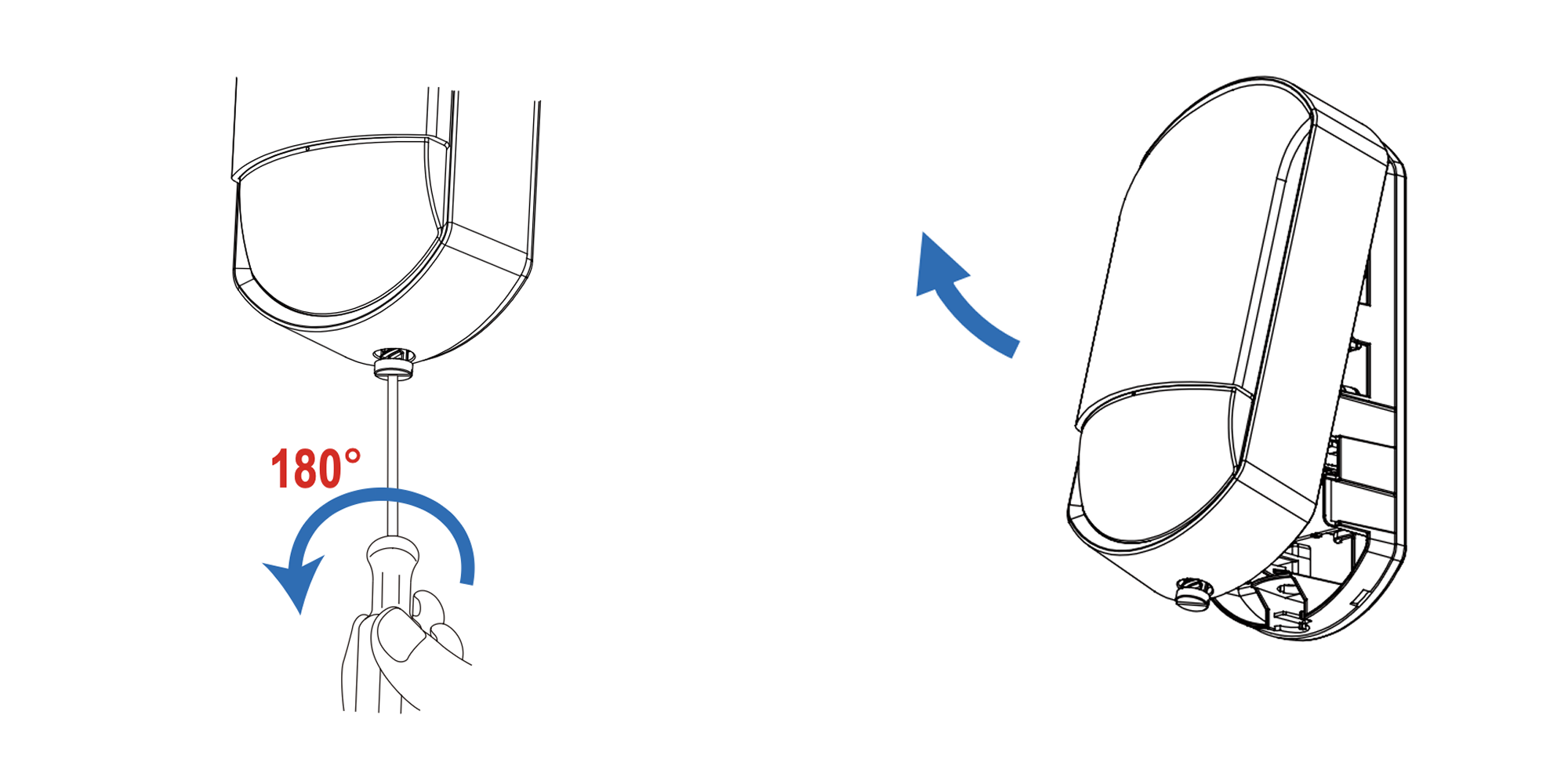
Insert the battery to start pairing mode
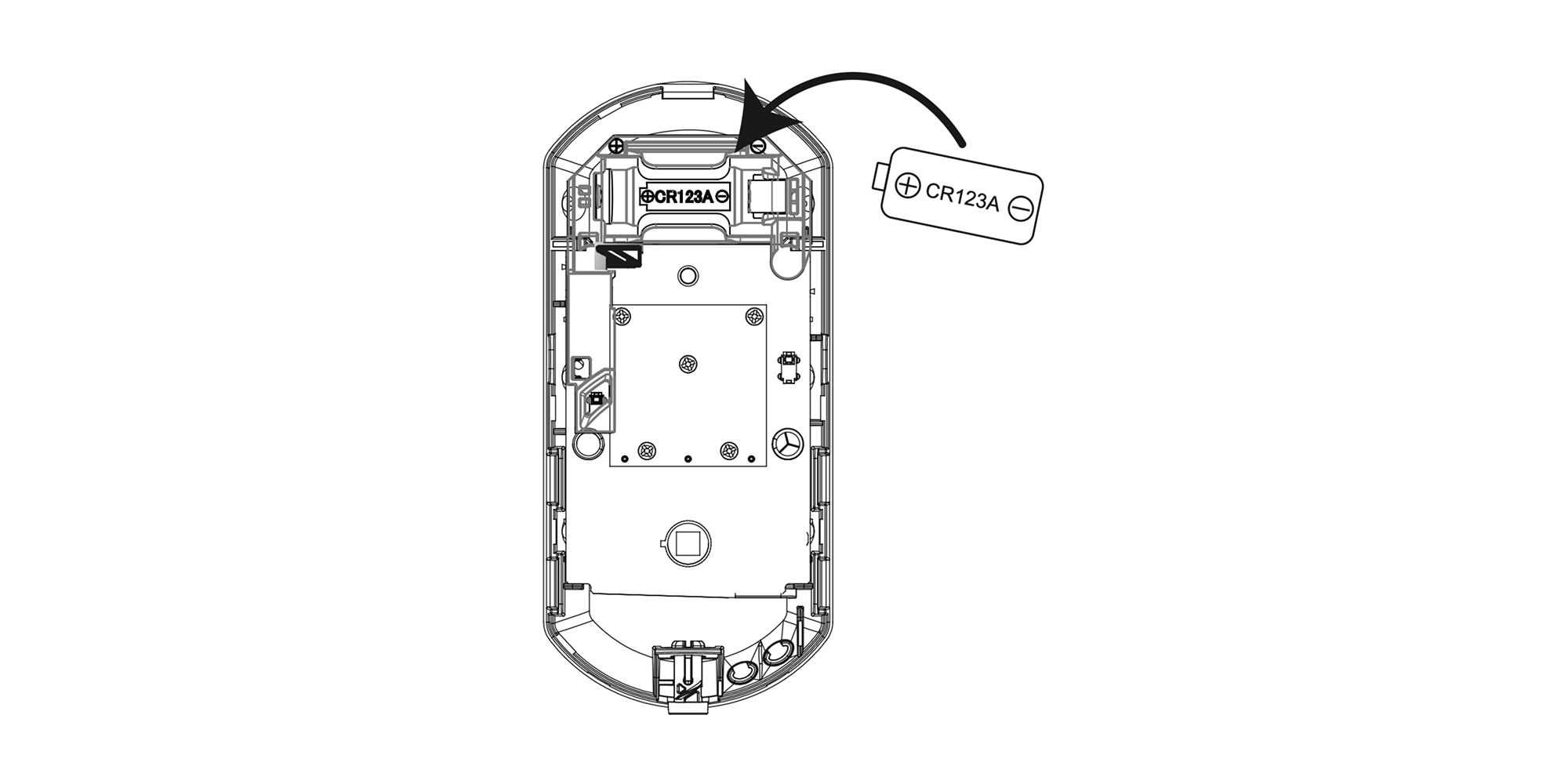
Add the Olarm FlipX in the app
.gif)
Name the FlipX & configure the zone
.gif)
Installing the FlipX
Remove & flip the lens for required mode
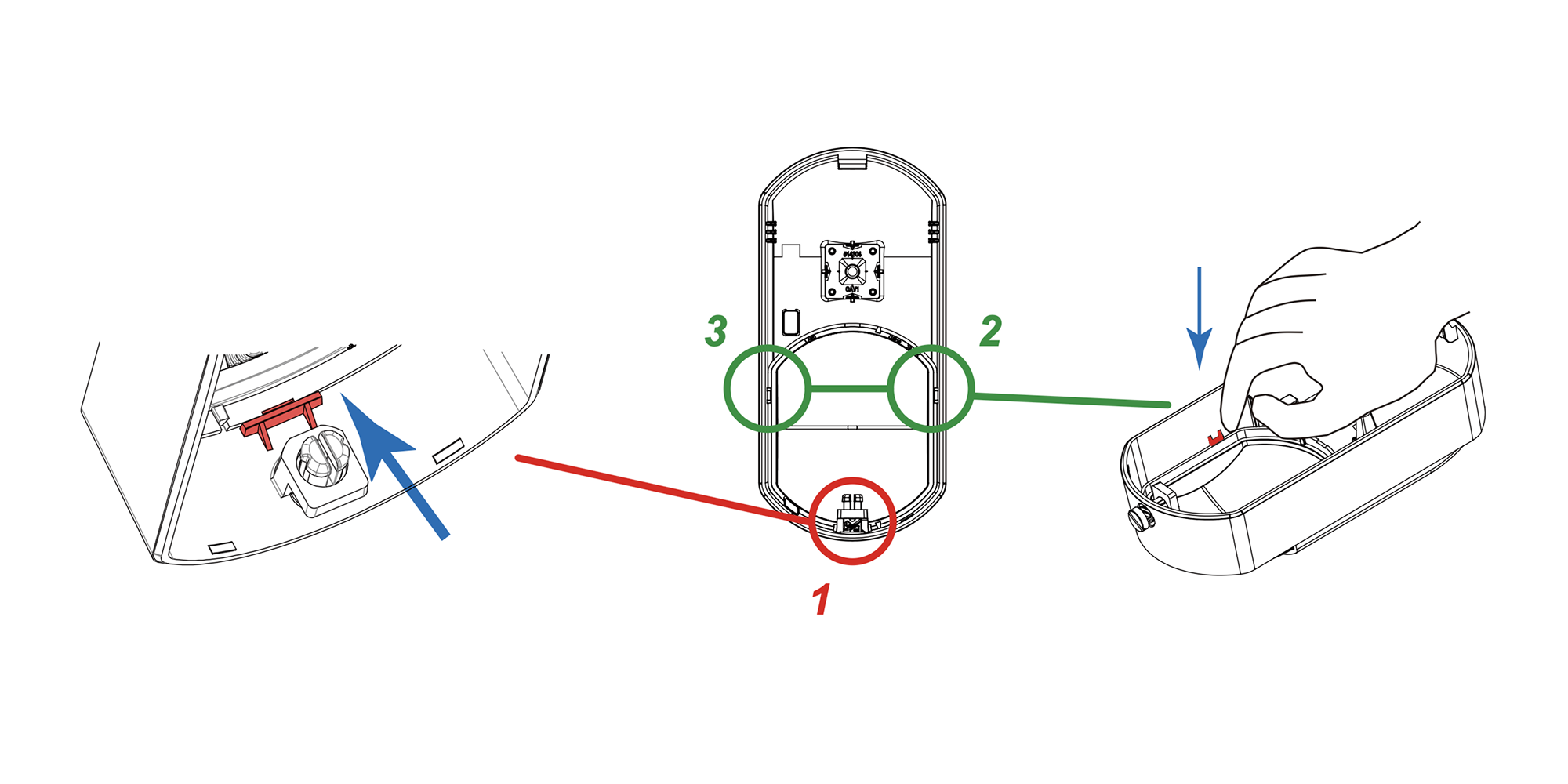
Wide (Default) or Narrow mode coverage
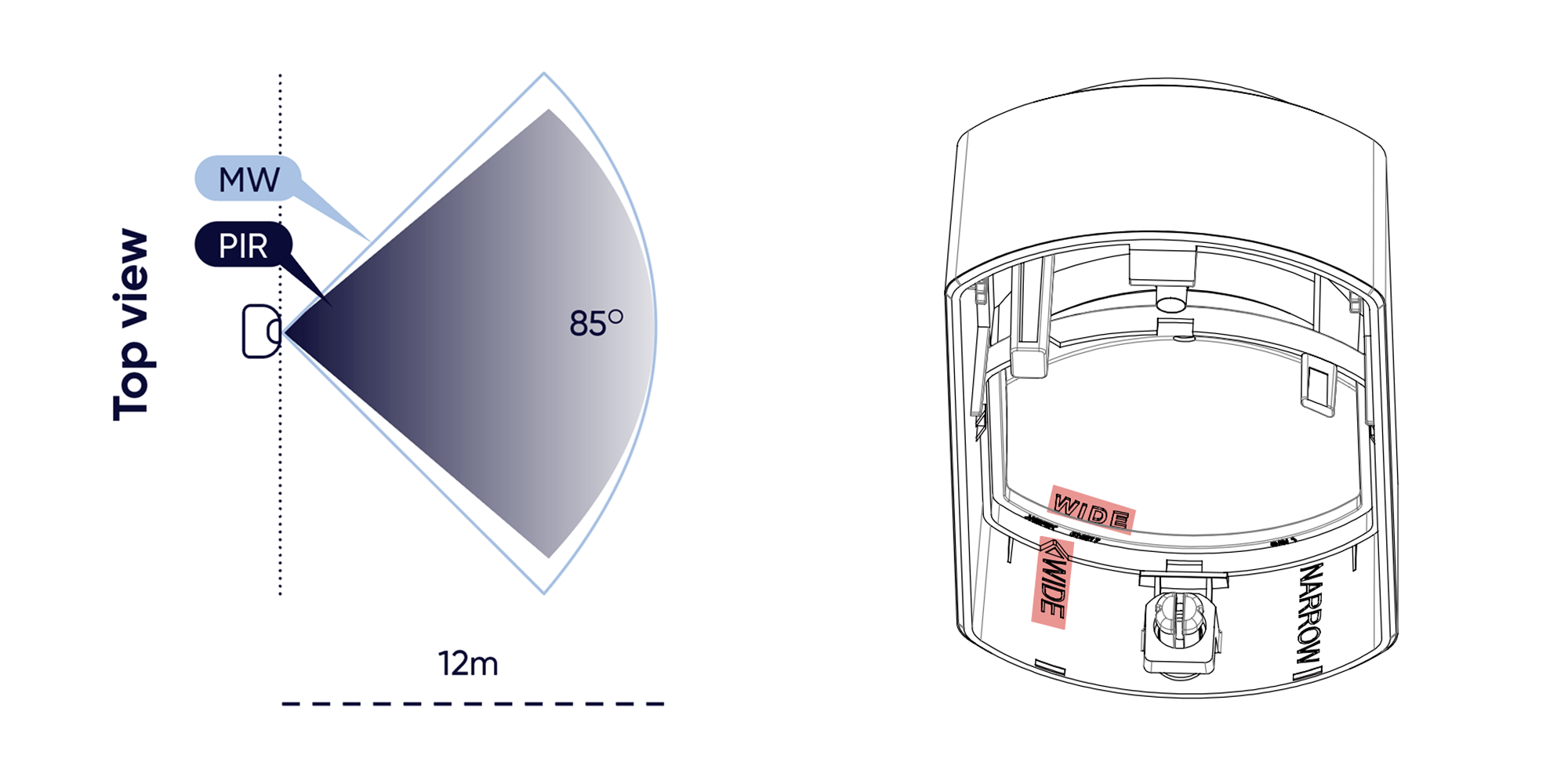
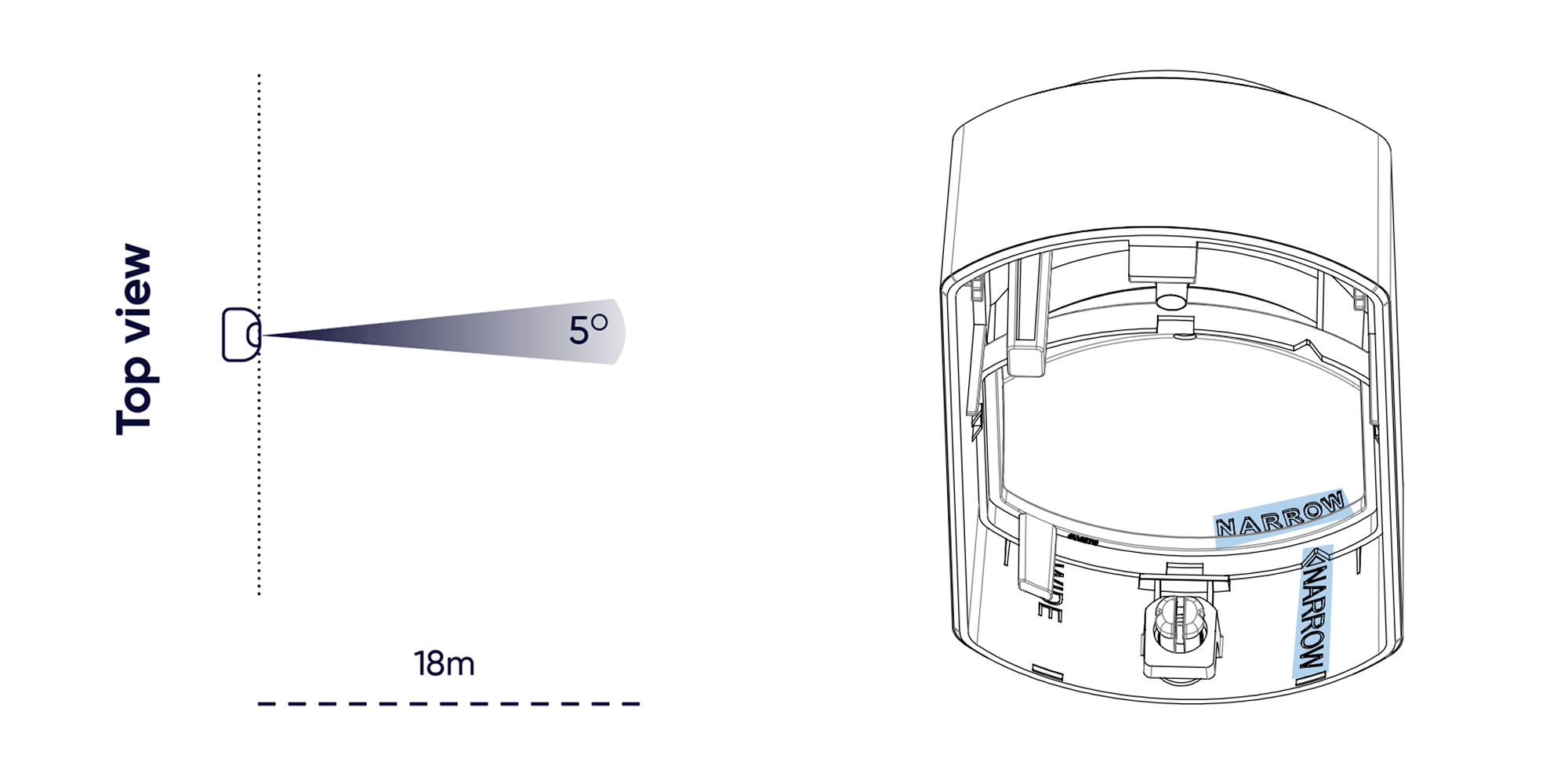
Mount the FlipX
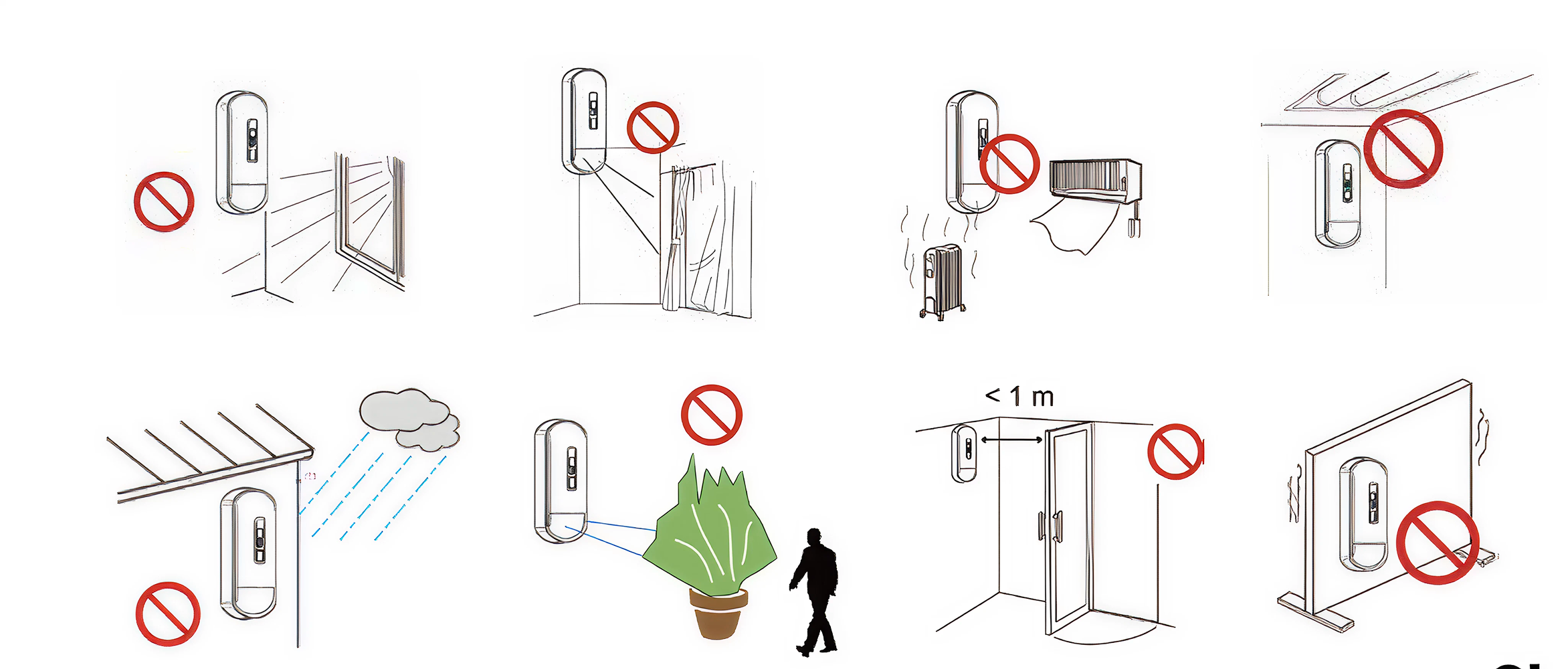

Remove detector circuit board
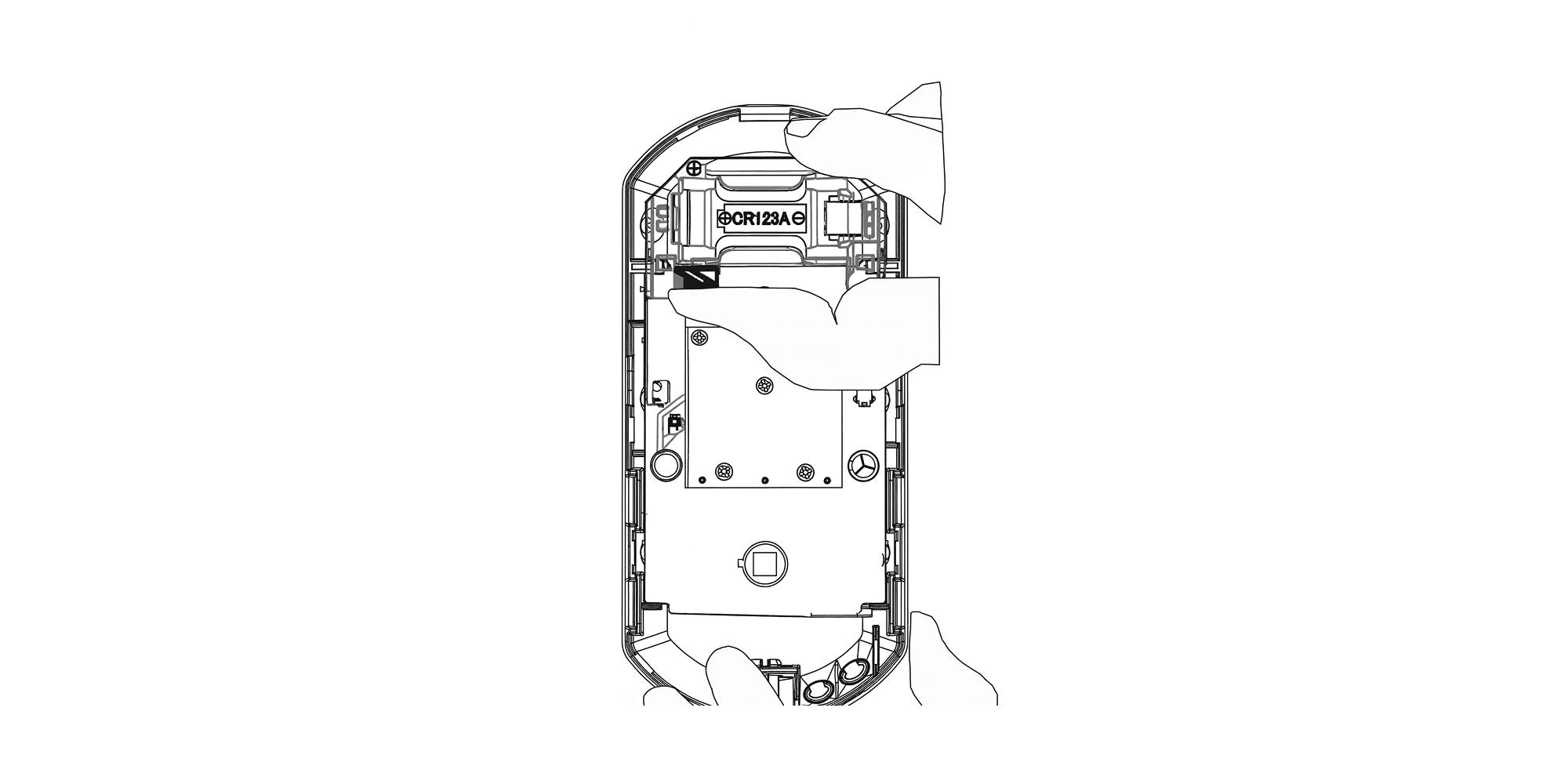
Directly onto the surface
Puncture screw slots
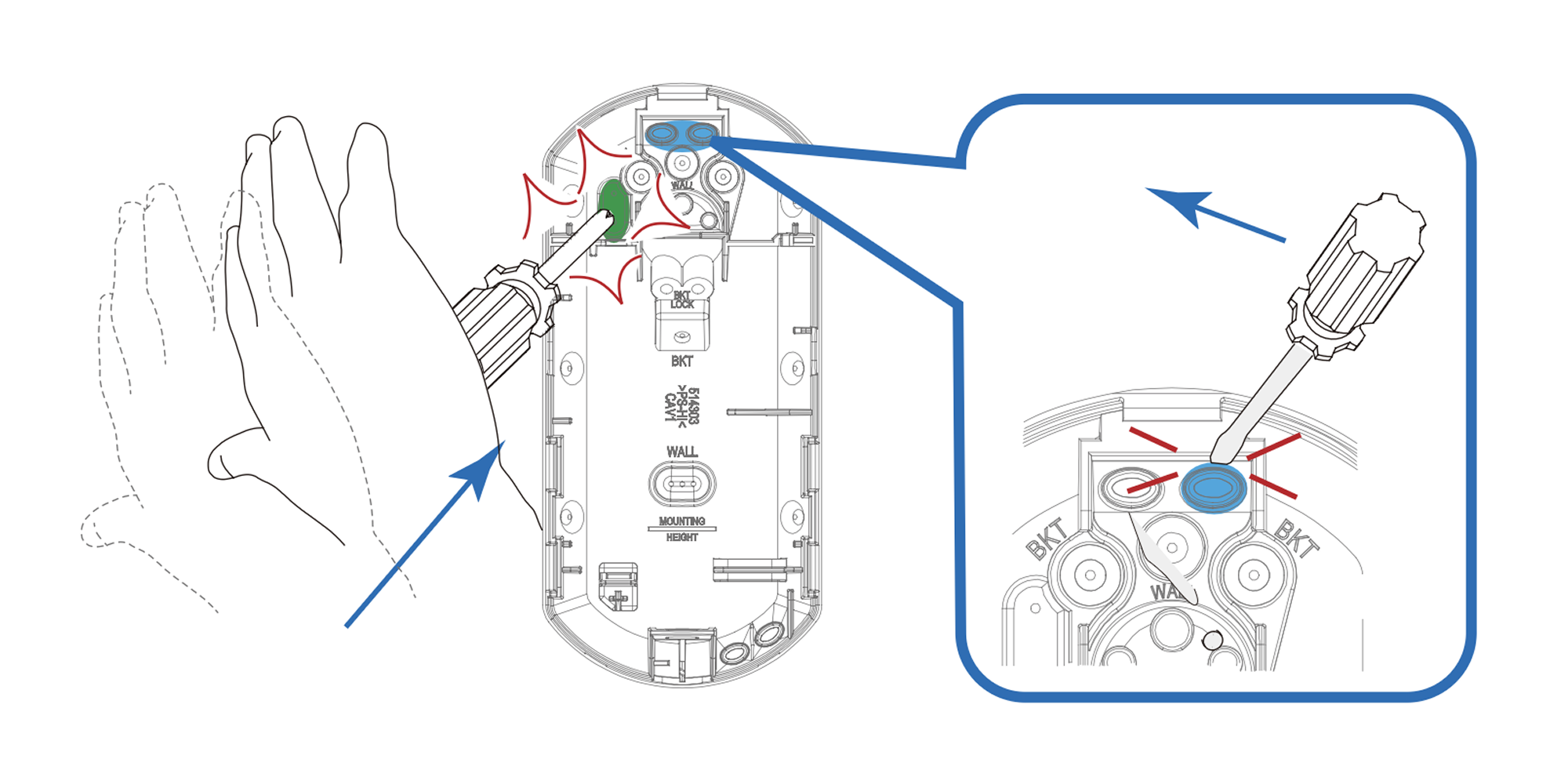
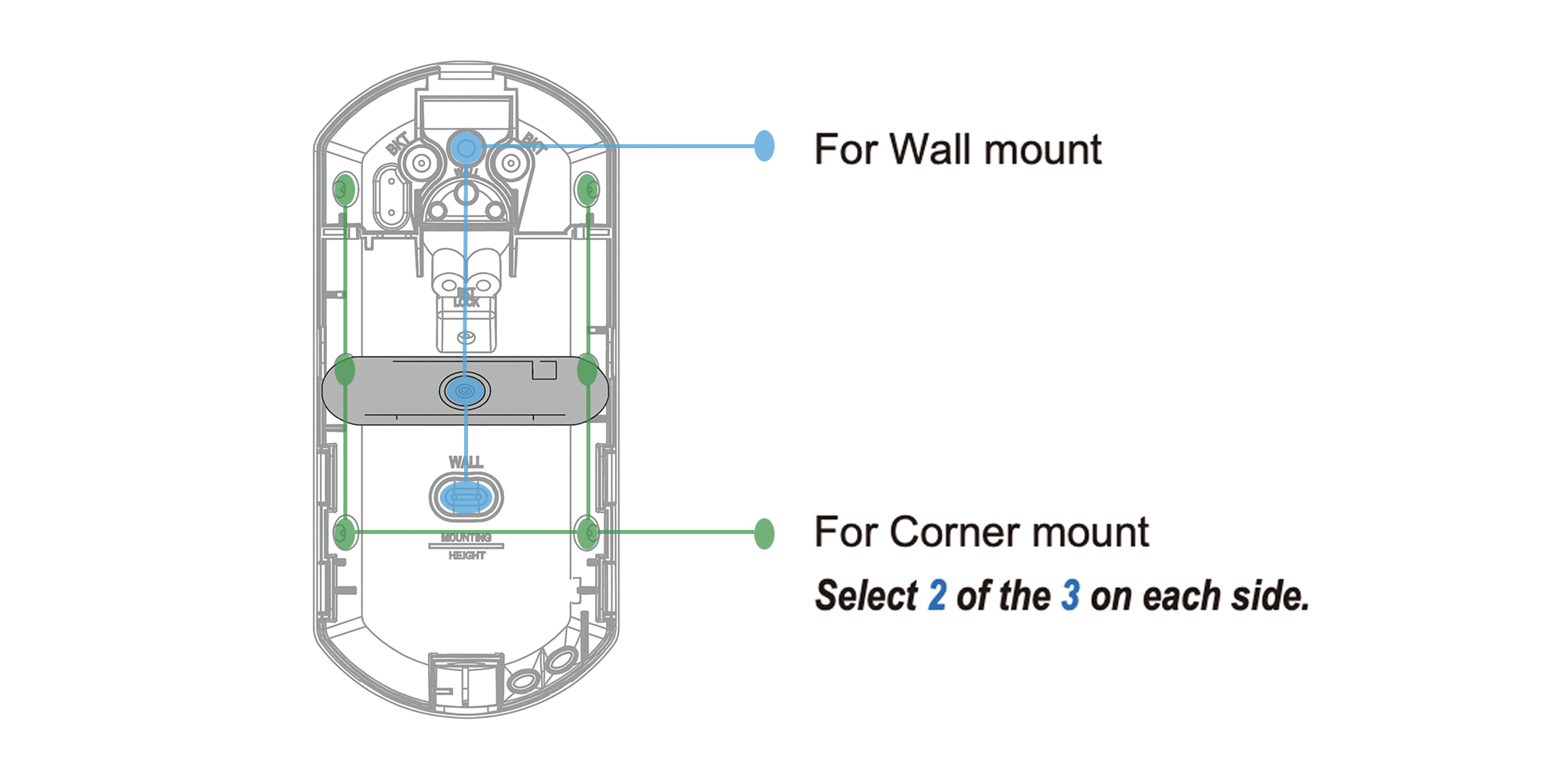
Secure to a flat surface or corner
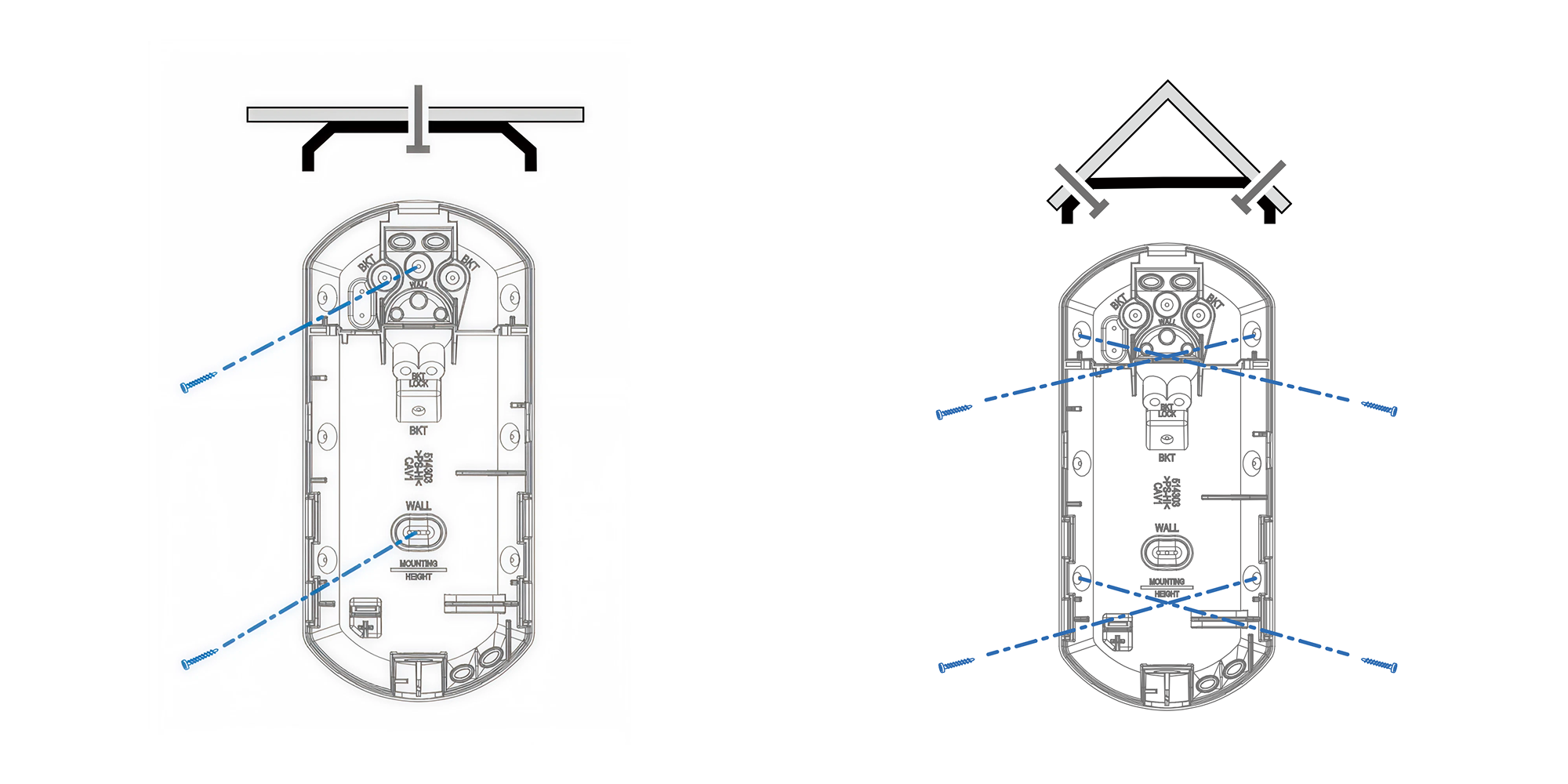
Using the bracket
Adjust orientation of the bracket for ceiling or wall mount
.png)
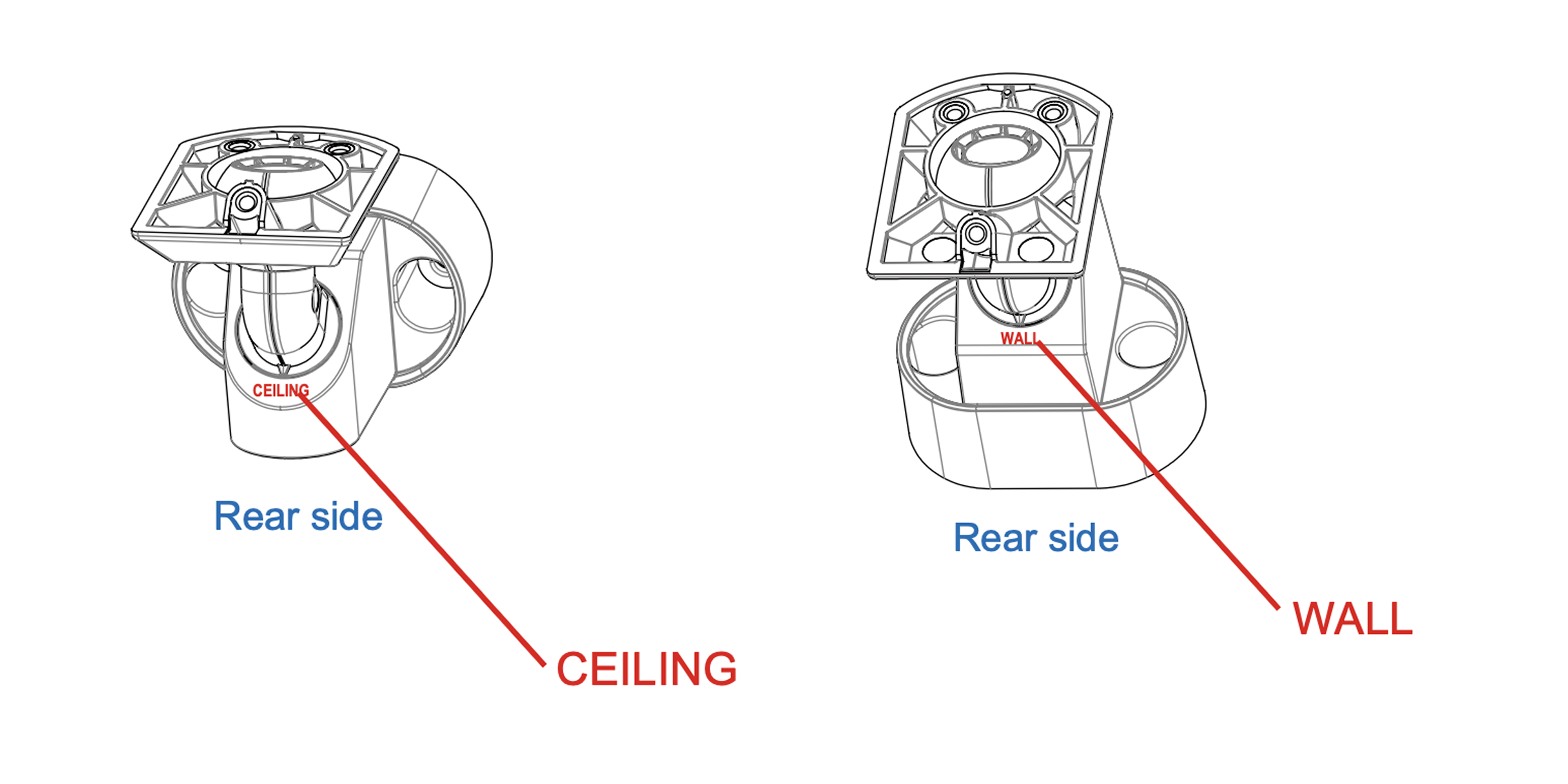
Secure the bracket to the surface
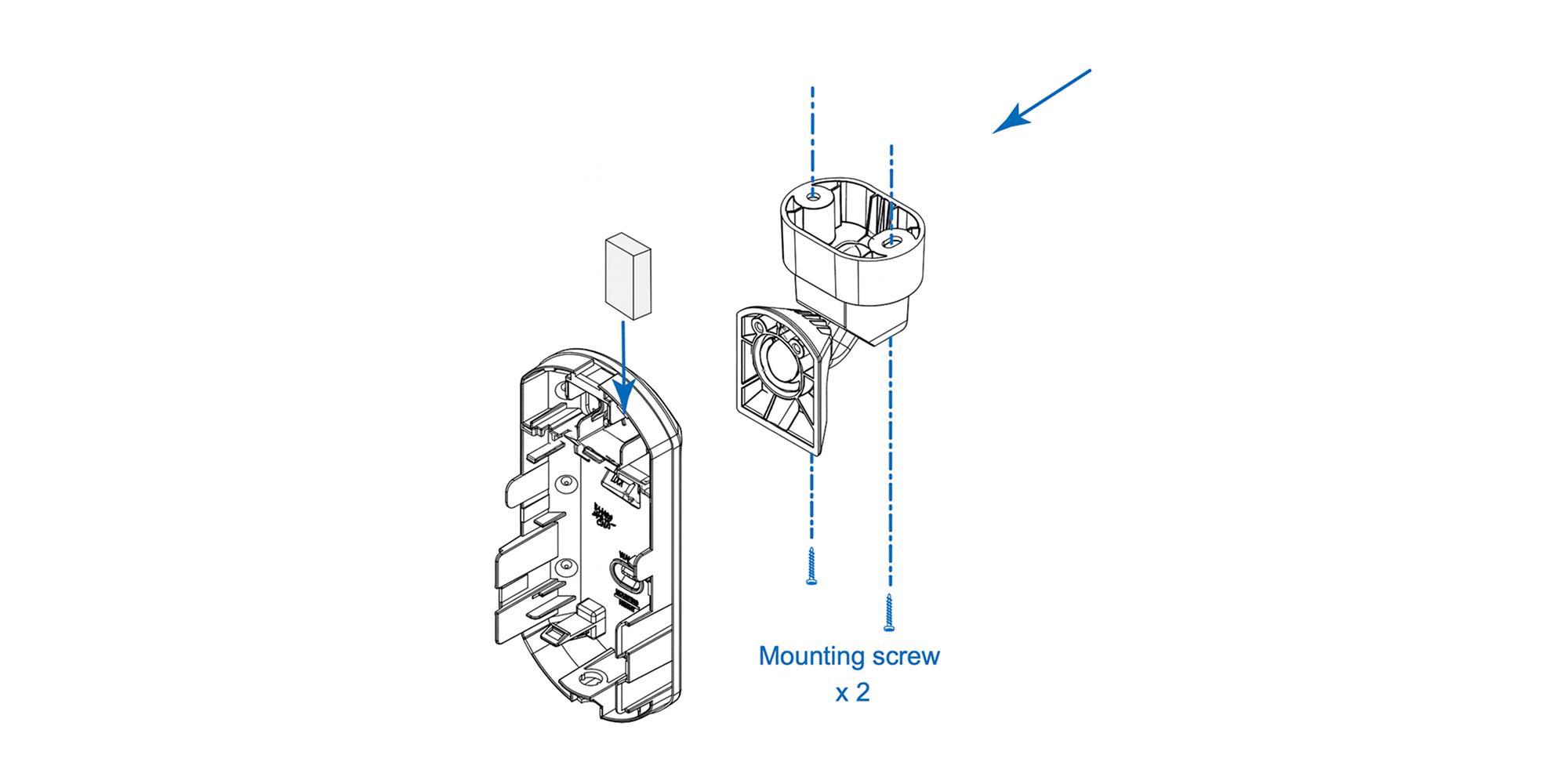
Secure the bracket to the backplate

Adjust the detection angle as required
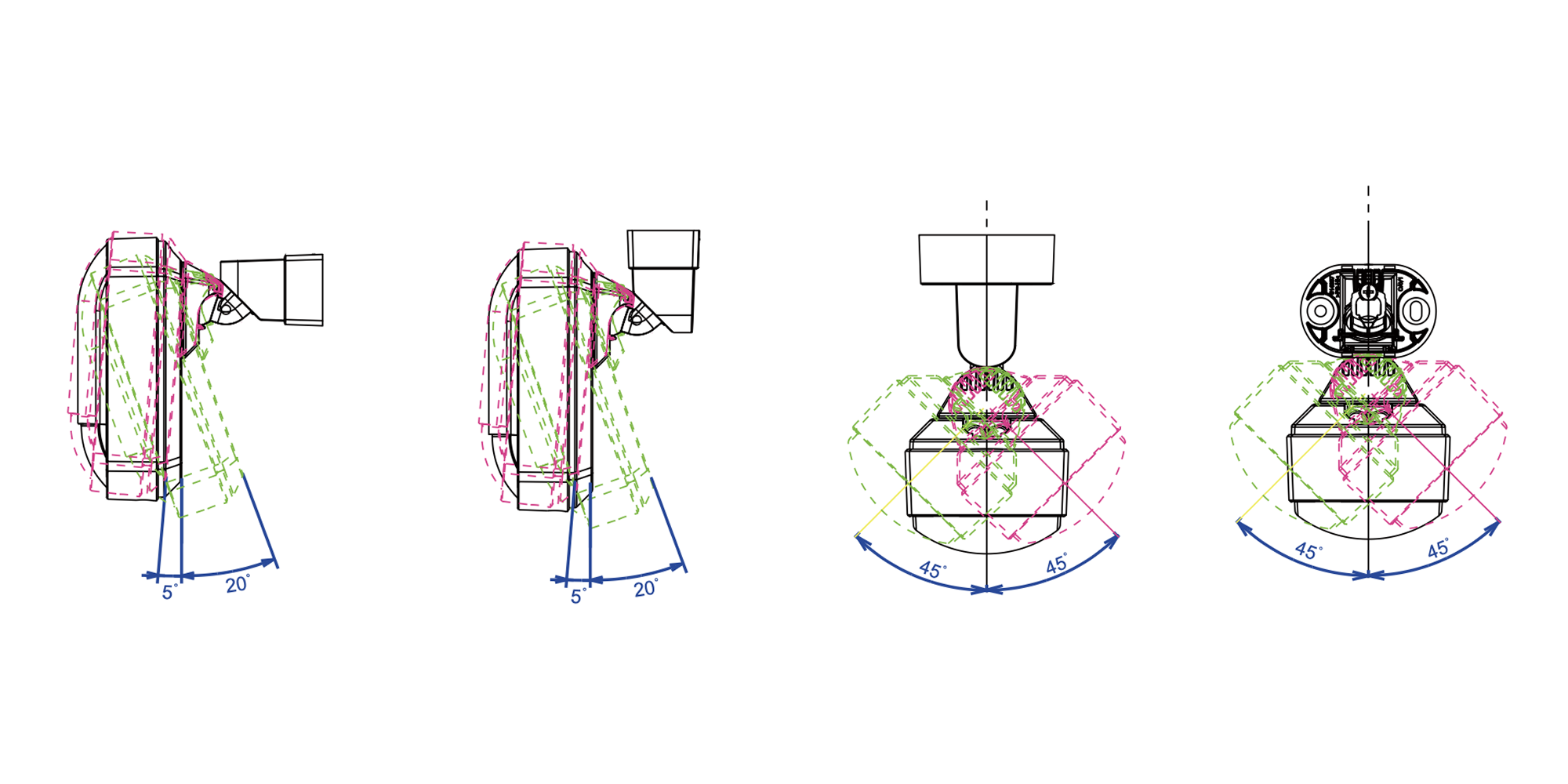
Lock-in the angle of detection with a fixing screw
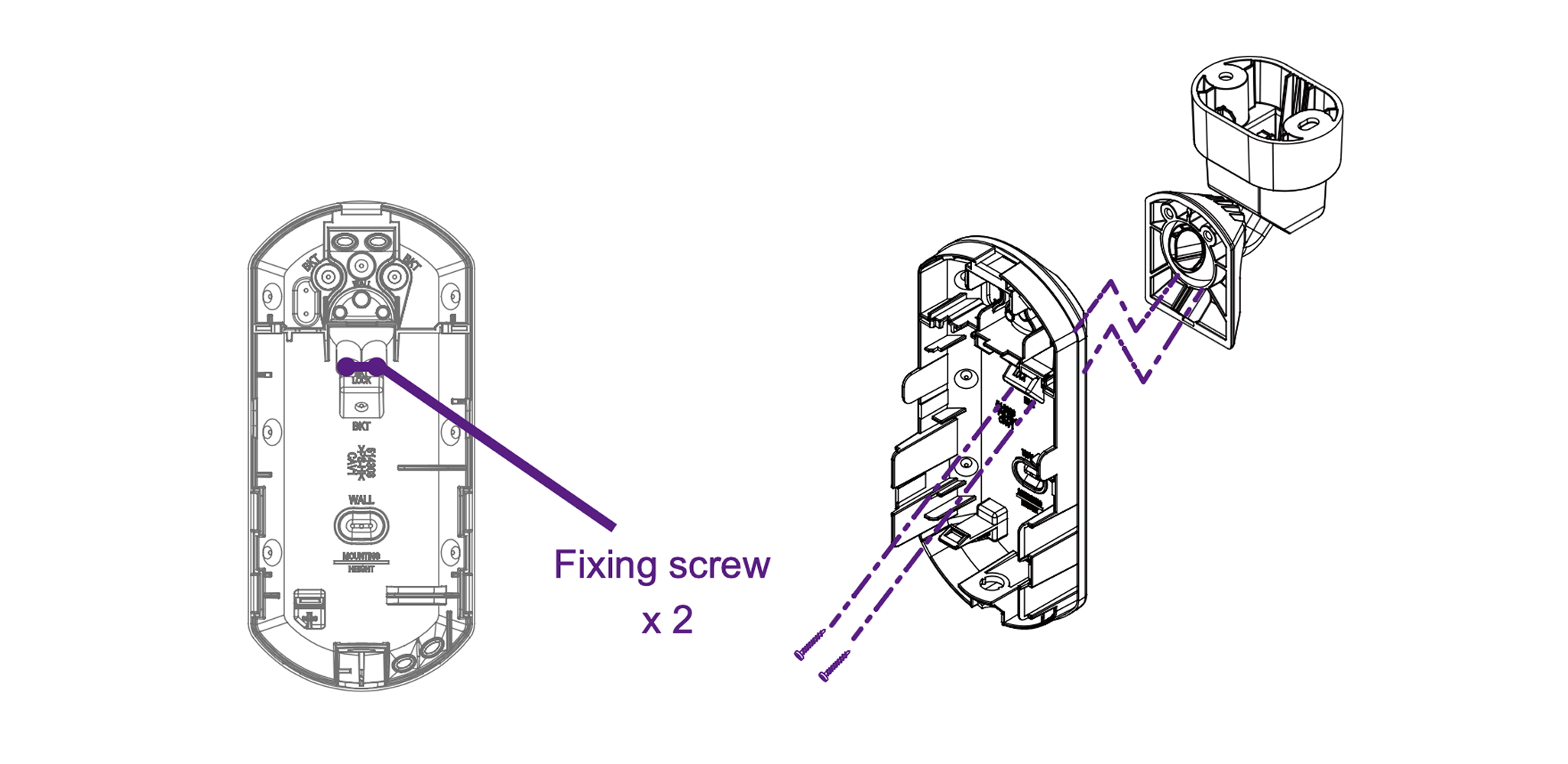
Verify signal & perform Walk Test
.gif)
Performing a Walk Test
In order to ensure the Olarm FlipX is working exactly the way you want it to. Perform a walk test which helps you check the detector’s coverage to make sure it's detecting movement in the right places.
To start the Walk Test:
- Open and close the detector front cover
- Initiate the walk test in device settings in-app
- The red LED will flash twice to indicate walk test mode
- 3 minutes duration before returning to normal operation
What to do for a Walk Test:
- Walk slowly across the detection area
- Watch for LED flash to indicate successful detection
- Try walking in different spots: left, right, closer, farther away
- Make sure your most important areas are covered
- If the LED does not flash, adjust as necessary

